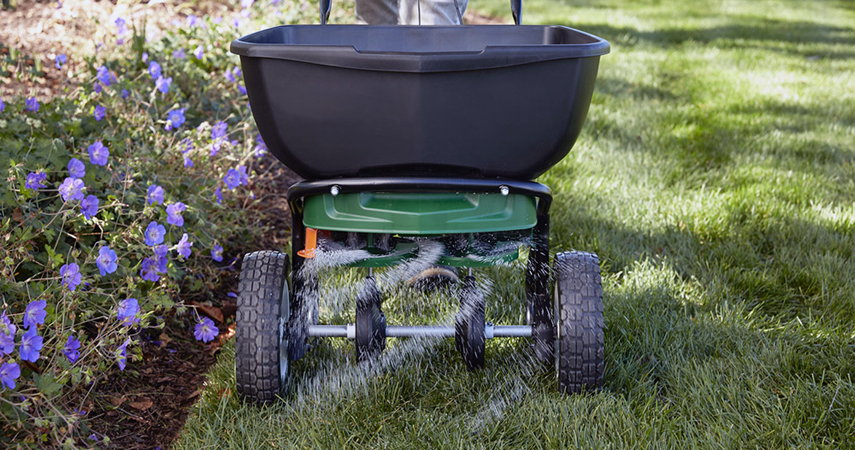Enhance overall lawn health and appearance with overseeding
Overseeding is a proactive approach to lawn care that promotes a lush, healthy, and resilient turf, contributing to a more enjoyable outdoor space for you and your family to enjoy.

8 Benefits of Overseeding Your Lawn
Improved Density: Over time, lawns can develop thin patches due to foot traffic, pests, diseases, or environmental stressors. Overseeding fills in these bare spots, leading to a denser and more uniform lawn.
Enhanced Color and Appearance: Adding new grass seed varieties can introduce vibrant colors and textures to your lawn, enhancing its overall visual appeal.
Increased Resistance to Stress: A thicker lawn is better equipped to withstand stressors such as drought, heat, cold, and disease. Overseeding can help strengthen your lawn’s resilience against these challenges.
Weed Suppression: A dense lawn leaves less space for weeds to establish themselves. By overseeding regularly, you can crowd out weeds and reduce the need for chemical weed control.
Soil Health: Overseeding promotes healthier soil by adding organic matter from decomposing grass clippings and root systems. This improves soil structure, nutrient retention, and water infiltration.
Erosion Control: A dense turf minimizes soil erosion by holding the soil in place with its roots, particularly on slopes and in areas prone to runoff.
Thatch Reduction: Thatch buildup, which consists of dead grass stems and roots, can hinder water and nutrient uptake by the grass roots. Overseeding encourages the decomposition of thatch, leading to a healthier lawn.
Cost-Effective Lawn Renovation: Compared to more extensive lawn renovation methods like sodding or turf replacement, overseeding is a cost-effective way to rejuvenate your lawn and achieve desirable results.

